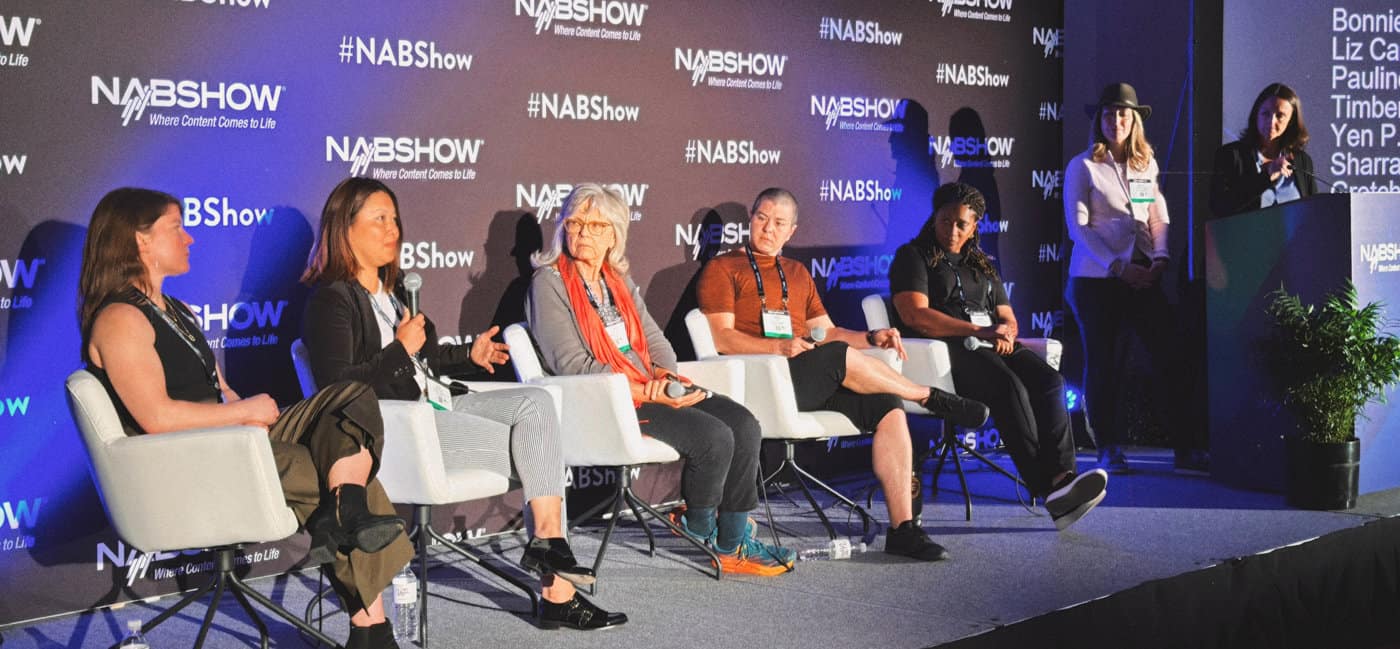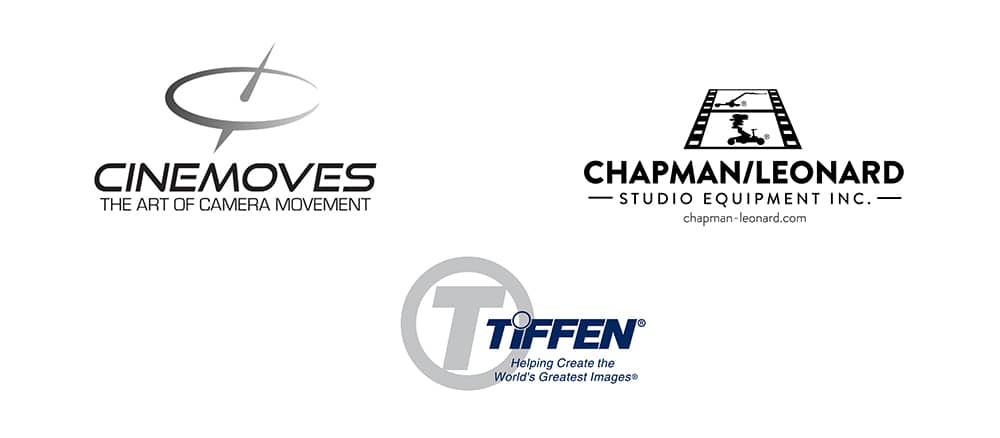What’s In My Bag
Behind the Scenes of SOC’s NAB Training
Edited by Gretchen Warthen, SOC
We’re taking you behind the scenes of a unique segment from SOC’s full-day handheld camera operating training at NAB, aptly titled “What’s In My Bag.” Our seasoned instructors unzipped their set bags, revealing the essential gear they rely on every day on set, not just for efficiency, but also for safety and career longevity.
Handheld camera operating is a delicate balance of physics and finesse, a dance that requires not just strength and stability, but also a deep understanding of the tools of the trade. In this article, we’ll introduce you to the contents of these professionals’ bags and explore how camera support devices like the EasyRig, Ergorig, and HipShot are not just cool-looking tools but are career-extending aids that reduce physical strain, enhance stability, and increase safety on set.
Comfort is key in this physically demanding role, and our instructors swear by various shoulder pads for added ease. We’ll discuss the merits of the Camera Comfort Cushion, the Letus Pad, and the Holzier Pad and how they contribute to a smoother, more comfortable, and safer operating experience.
But it’s not all about the visuals. Audio plays a pivotal role in both scripted and unscripted formats. We’ll explore the importance of listening to audio from cast mics, a crucial aspect in unscripted formats where audio drives the narrative. Even in scripted scenarios, an operator may be too far away during a take to hear the cast speaking, making the audio feed from cast mics an invaluable tool.
Join us as we unpack some of the best secrets of successful and safe handheld camera operating, providing insights, tips, and expert advice to help you master the art and science of this fascinating field, while prioritizing safety and career longevity.
—Gretchen Warthen, SOC

Shanele Alverez, SOC
One of my favorite pieces of equipment is the custom-made CineStisles slider. It is a very versatile and easily deployed device that allows me to create great camera movements, whether handheld or camera-mounted. It enables me to be handheld but create shots, like a lowmode slider push in/push out or trucking left/right to a stand-up handled shot in one motion that is consistent, stable, and repeatable. I can also mount the camera directly on the slider and use it in a traditional manner, but with faster deployment and less hardware. It travels light with a small footprint and the only additional items required are apple boxes, which are readily available on any production. More information about the CineStisles slider can be obtained by emailing cinestisles@gmail.com.
Additionally, I would mention that shoe lifts are always in my bag. My shoe lift sneakers provide an additional three inches in height when doing handheld. They are great for those of us who are vertically challenged and need to be up a little higher, as well as safe for you to still do walk-and-talks or camera movements because they are sneakers.
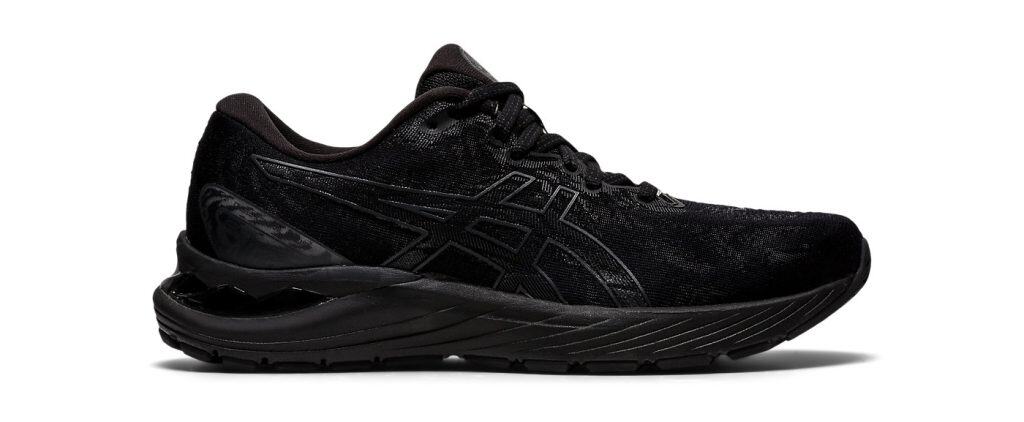
Liz Cash
Let’s talk briefly about how your shoes can impact your body, muscle contribution, and pain. Since our feet are the first point of contact with the ground, and we walk around on hard surfaces, it is critical that your footwear helps to facilitate all of the biomechanical actions that keep you pain free and efficient as possible as if we walked on softer, natural surfaces. For pain, I recommend shoes from a highly curated list from The Hruska Clinic. Each year they evaluate hundreds of shoes to identify the top three to four.
Key info: Order the shoes and walk around in them at home. It should be very apparent that your body feels better in them if they are right for you—e.g. less low back tension, less achilles tension, less neck tension, and you feel relaxed. If they don’t check some of these boxes, return them.
While I believe your body is the most important piece of equipment you will use, I encourage you to let the gear guide you toward fine tuning how you and the gear work together. Simply put: what you feel working is what’s working. Meaning, if your back hurts after a long day in the EasyRig, it’s because your back was working! Good information. This means something needs adjusting (either you or the gear) not simply that you should suffer through it expecting this is as good as it gets.
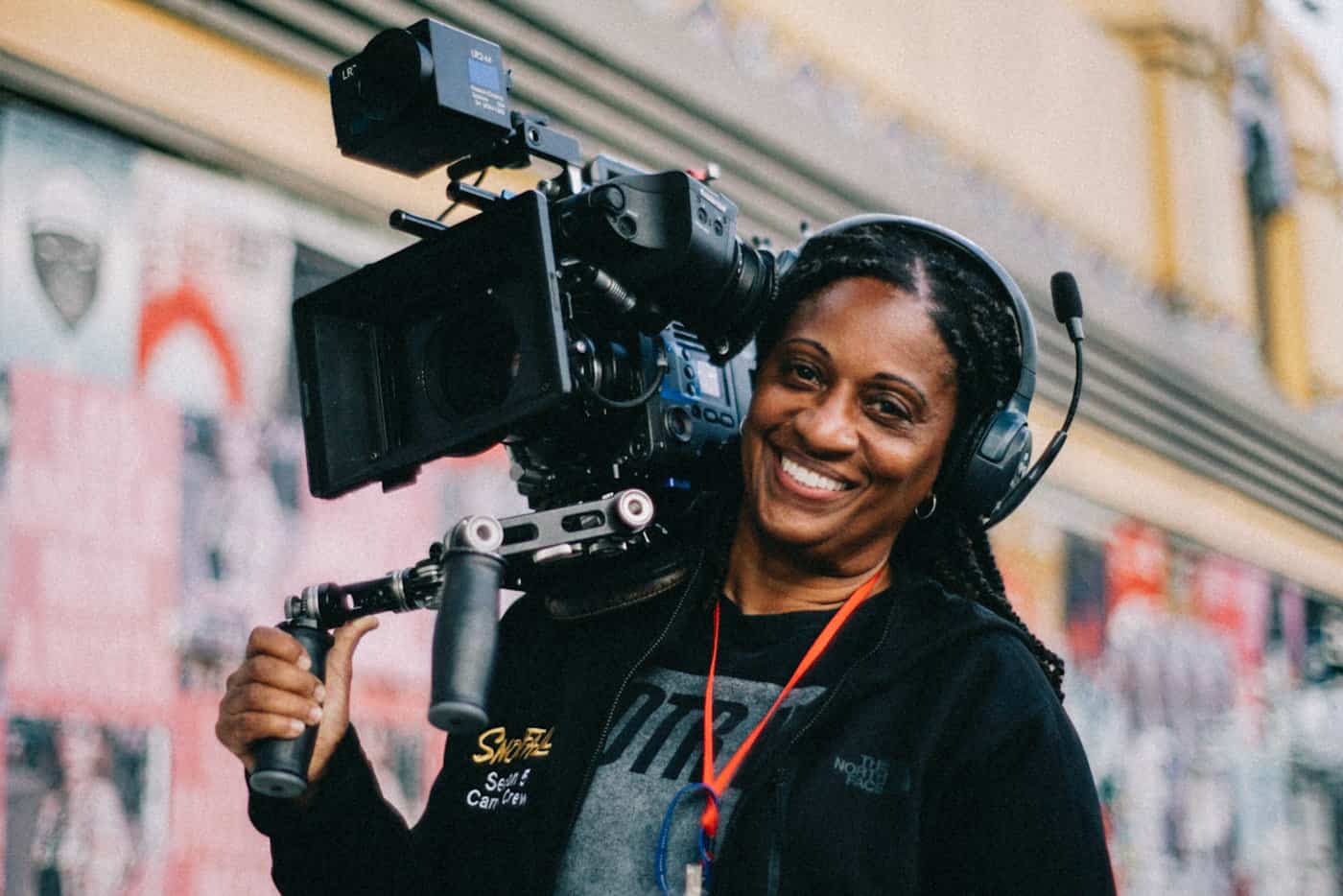
Pauline Edwards, SOC
The one thing I have to have in my bag is my shoulder pad. I have the Letus shoulder pad, which is leather and has memory foam sections. This is a lifesaver for me, especially during extended takes. Most of the time I like feeling connected to the camera. It alleviates pressure and I don’t get that dry patch on my shoulder from the hard pad that comes with the camera. I’m sure a lot of people that do primarily handheld can relate. I purchased mine from B&H.

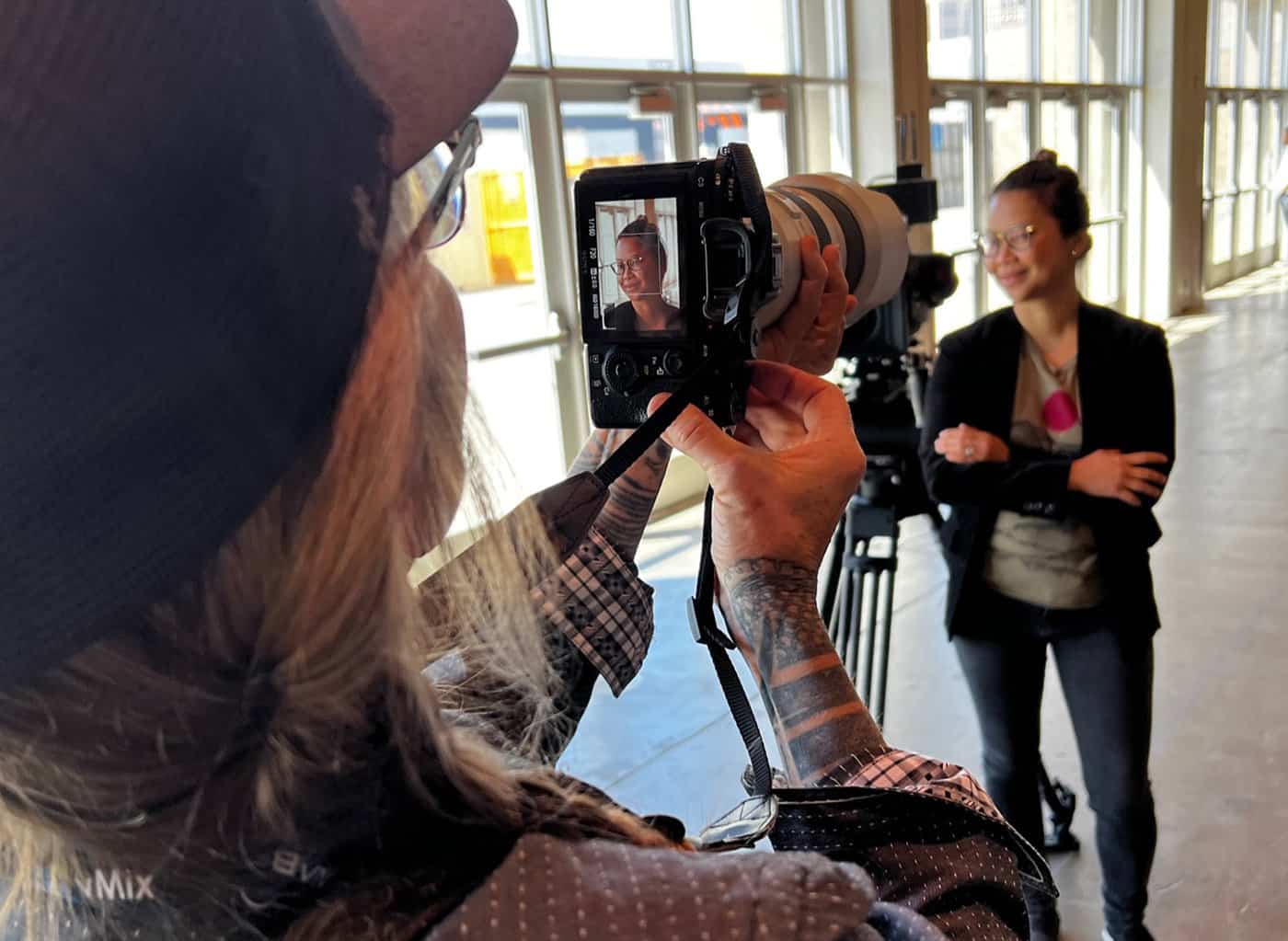
Yen P. Nguyen
Besides gear that other operators have already mentioned, I also like to focus on the most important piece of gear—our bodies. Good physical health is essential. I usually have a banana (a good source of potassium, antioxidants, and fiber), nuts (high in protein), and coconut water (full of electrolytes) in my bag. For demanding jobs where the restrooms are really far away, bananas and coconut water are great as they are full of nutrients and retain hydration.
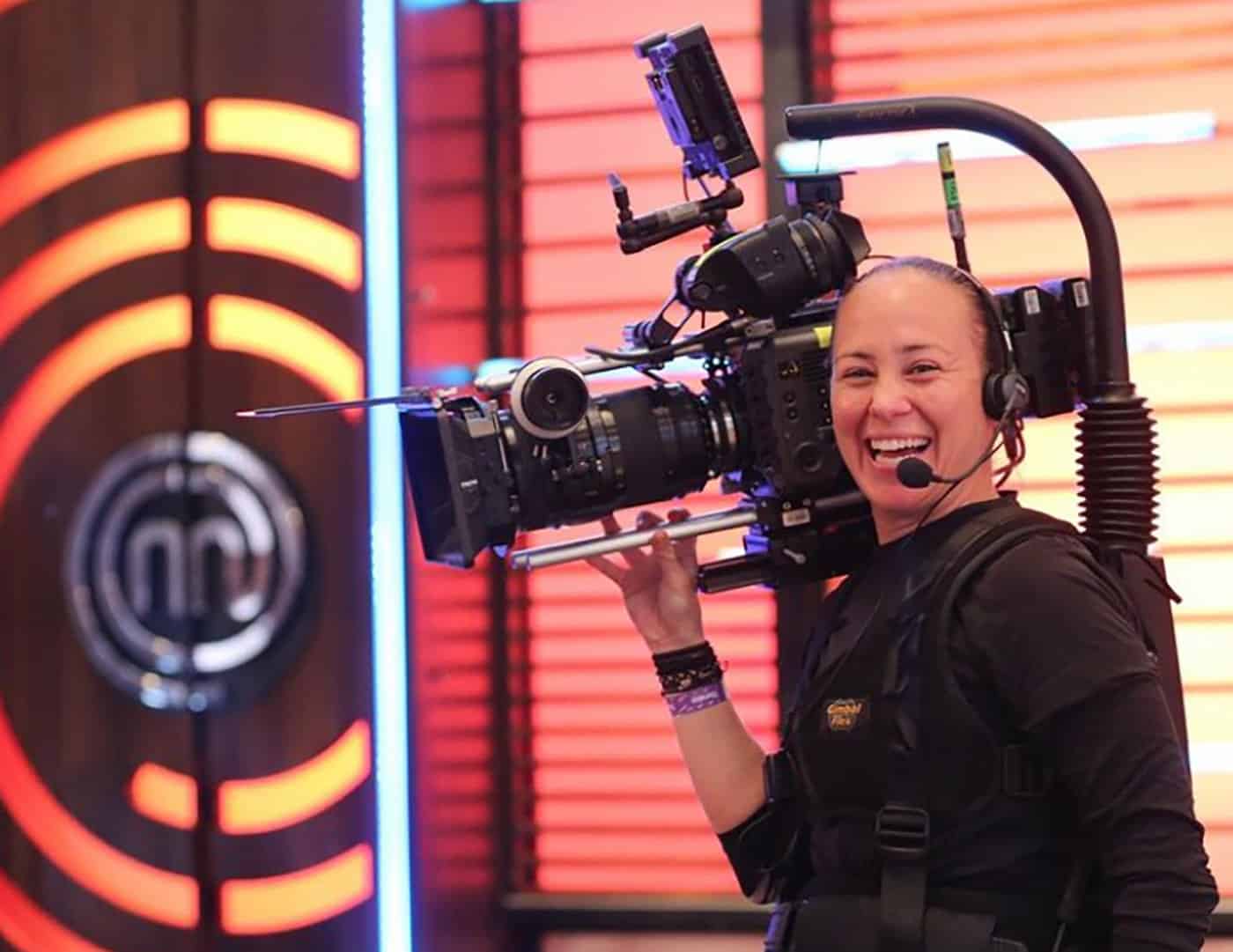
Theresa Vitale, SOC
One of my favorite pieces of safety equipment as a camera operator is my beloved EasyRig. I have the EasyRig Flex vest, which is made for women and smaller torsos. I absolutely love the EasyRig because it assists me in handheld camera work without compromising my shots. It is an effective ergonomic relief aid for my back and shoulders that equally disperses the weight of the camera between both shoulders, hips, and chest instead of just one shoulder. The design is 100% intended for camera operators working with handheld cameras, especially long takes. Using this piece of gear saves my back, my shoulders, and my arms, therefore extending my career!
While getting the shot and having a long career are very important, as I get older, I have realized that work and life balance is extremely important. Using the EasyRig while I film allows me to shoot a 12-hour shift and still have enough energy to be a parent and enjoy life with my son. Before I decided to use an EasyRig, I spent a lot of my time off recovering, being exhausted, or not being able to do sports with my son. EasyRig has given back precious moments I was missing out on at home.
I’m a New Yorker at heart and tend to over-prepare for everything. In my bag I always keep:
• A first aid kit to help others and myself with minor injuries on set.
• Tylenol (hey, you never know)
• Backup battery for my cell phone that can charge independently for those long days and ones with no service
• My EasyRig from 16×9
• Leatherman & HipShot
• I carry my own surveillance headset for the walkie and headset to listen to audio. I also carry a spare of both just in case one goes down.
• I always carry a pen and a notebook. When a director or EP gives notes, I take notes. This comes in handy and sometimes some people find it distracting to use your phone for notes.
• If there’s a call sheet sent out, I print it out at home and keep it in my pocket. I do this for so many reasons. It helps me know where to be and keep the times. It’s also SUPER helpful when you’re meeting a lot of new people and remembering names. It’s a life saver to keep everyone’s names remembered!
• I always bring a gallon of water. It sounds crazy, but it keeps me hydrated and it keeps me accountable for hitting my water goal. In turn, this keeps me energized for the long days.
• Just like the water, I don’t go anywhere without a protein bar. It helps keep me fueled and helps me keep going. It also makes it so I don’t eat all the bad crafty 🙂

Sharra Romany, SOC
In Shara Romany’s bag: Ergorig, CineSaddle-style bag, HipShot, mechanic’s butt dolly, Camera Comfort Cushion, divers’ weights to put on the back of front-heavy camera builds for balance, New Balance 860 v13 set shoes, Letus35 shoulder pad, sun hat.

Gretchen Warthen, SOC
I have many pieces of gear I have collected over the years that make my life easier so I can focus on operating and not get distracted by common frustrations. The bag I brought to the training was the bag I was using the day before while shooting on Mayans M.C. Season 5.
Surveillance Headset: Coming from documentary where audio is key, being able to listen to cast audio reliably is critical. I have used Arc Wireless surveillance headsets for years in both doc and narrative so I never miss a cue.
HeroClip: Created in Seattle (my home) is a tricked-out carabiner called the HeroClip which I attach to all of my bags, water bottles, etc., so I can hang my things easily and within reach.
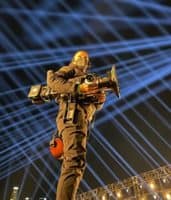 HipShot: I am a huge fan of a device called the HipShot designed by documentary DP/Operator Andrei Cranach 20+ years ago. The HipShot allows me to shoot incredibly stable shots with my camera resting comfortably at hip level, which is aligned with the human body’s center of balance. I’ve included a photo shot from underneath me so you can see how the HipShot works.
HipShot: I am a huge fan of a device called the HipShot designed by documentary DP/Operator Andrei Cranach 20+ years ago. The HipShot allows me to shoot incredibly stable shots with my camera resting comfortably at hip level, which is aligned with the human body’s center of balance. I’ve included a photo shot from underneath me so you can see how the HipShot works.
Holzier Pad: Another shoulder saver for me on Mayan’s (which shoots on the Sony Venice with Cooke Anamorphic lenses) is my Holzier Shoulder Pad, which is made of a sheet of steel with leather on one side and foam on the other. Totally saves my shoulder each time I have to handhold a camera with bare metal and no padding underneath.
The last piece I will detail is something I learned to carry working on competition reality shows … a face card. I keep these in my pocket all of the time on narrative shoots. One face card is for the actors and has their faces with both real and character names. This card was made easily with screenshots from Google search and an app for putting multiple photos together in one place.
The second card has the names of the stand-ins. I made that card by taking photos on set. Being able to refer to actors by their given name and character’s name is important because some departments refer to people by their character name while others use their given names. Having a great relationship with the stand-ins is very helpful and calling them by name helps build mutual respect. (I have been known to make a similar card for crew on larger shows when I am having difficulty remembering names.)
SELECTED GEAR LIST
Step into the world of handheld camera operating with confidence by exploring the gear featured in “What’s In My Bag” and used in the SOC handheld class. This list showcases the must-have tools our instructors use to help them get the shot and is complete with item names, descriptions, and convenient website links for further information or purchase. Get ready to elevate your handheld game with gear trusted by industry professionals and take your handheld operating skills to new heights.
SHOULDER PADS
Camera Comfort Cushion by Alan Gordon Enterprises
This cushion-style shoulder pad provides exceptional comfort and support, ensuring a comfortable fit for extended periods of shooting.
Handmade in the USA, the HolzerPad features foam, steel, and leather layers that distribute the weight of the camera evenly across your shoulder. Its malleability allows for a customized fit, providing comfort and protection. The leather layer that contacts the camera allows for movement but not slippage.
Letus Master Cinema Series Shoulder Pad
This cushion-style shoulder pad features memory foam padding and genuine leather, providing a comfortable and secure fit. Its wedge shape matches the contour of your shoulder, ensuring maximum comfort. The center section can be removed if needed.
CAMERA SUPPORT SYSTEMS
EasyRig by Camera Support Systems distributed in the US by 16×9
The EasyRig is a camera-support vest which provides excellent support by redistributing the weight of the camera to your body, reducing strain and fatigue. Its customizable options cater to various camera sizes and shooting styles. The EasyRig comes in both male and female versions and is customizable depending on the weight of the camera and style of operating.
Ergorig created by operator Jesse Feldmanand distributed in the US by Cinema Devices
The Ergorig is a camera-support vest which offers exceptional stability and comfort, allowing for smooth camera movements. Its ergonomic design allows an operator to operate handheld like they would traditionally, without affecting the camera’s movement or balance. All the weight is transferred from your shoulder and back to your hips, bypassing your spine entirely.
HipShot created by operator Andrei Cranach
The HipShot is a tool for professional handheld camera operators that offers a stable waist-high video camera support platform. It is contoured to fit all pro-format shoulder-mounted cameras as well as DSLR rigs. Stable camera operation is possible with just one hand, and it’s ideal for long scenes with seated subjects, low-angle interviews, or where on-the-fly operation is desired. HipShot’s positive auto-lock keeps cameras safely supported and when not in use, HipShot easily folds down out of the way.
HEADSETS FOR LISTENING TO CAST AUDIO
Astra Radio Communications T20035L Surveillance Earpiece (listen only)
Ultra low-profile surveillance earpiece with coiled cable and in-ear earpiece.
Honeywell Impact Sport Sound Amplification Electronic Shooting Earmuff
Low-profile shooting earmuffs with audio input jack to run cast audio directly into headphones.
Walker’s Razor Compact Earmuffs
Low-profile hunting earmuffs to put over surveillance and walkie earpieces to help hear in loud environments.
KNEE PADS
Black Diamond Telekneesis Kneepads (Low-profile hard)
These hard kneepads provide excellent protection and support, allowing you to comfortably kneel, crawl, or slide during shoots.
McDavid Adults’ Hexforce Knee/Elbow/Shin Pads (Low-profile soft)
These soft kneepads offer superior cushioning and flexibility, ensuring optimal comfort and protection during demanding shoots.
NoCry Professional Kneepads (Higher-profile hard)
Professional kneepads for work with adjustable unique double-thigh and shin straps.
BUTT DOLLIES
Rolling Creeper Garage Shop Pneumatic Height Adjustable Mechanic Stool
Low-cost butt dolly to help smooth out moving shots when handheld.
8 Ball Professional Cinema Butt Dolly
Professional-level butt dolly specifically built for camera operating.
Creeper Professional Cinema Butt Dolly
Professional-level butt dolly specifically built for camera operating.
ACCESSORIES
Hook, hang, and carry your gear wherever you need to (pop-up tents, on your belt, dolly, behind set walls, anywhere). The 360 swivel hook nests in a durable carabiner with a rubber foot that can hang off any surface.
S-Biner to clip cables, kneepads, shoulder pads or other at-hand items to your belt.
Clip-on Free Diver/Scuba Diver Weights
Low-profile, clip-on diver weights to help balance the camera. Available from Diver’s Supply and Mako Spearguns.
Weight-adjustable Ankle Weights
Medium-profile ankle weights with ability to adjust the weight to help balance the camera.
SHOES
Shoes for those with an higher arch.
Brooks Adrenaline GTS 22 or 23
Shoes for those with an average arch and no history of ankle sprains.
Find the right shoe at the Hruska Clinic shoe list. Updated at least twice a year, the Hruska Clinic shoe list is utilized by practitioners across the globe when trying to find appropriate shoes for their patients and clients.
Camera Operator Winter 2024
Above photo, from left: Liz Cash; Yen P. Nguyen; Bonnie Blake, SOC; Timber Hoy; Pauline Edwards, SOC; Sharra Romany, SOC; and Gretchen Warthen, SOC
Photo by Ashlie Sotelo
RELATED CONTENT
Learn more about the contributors’ careers and projects on IMDb.com.


